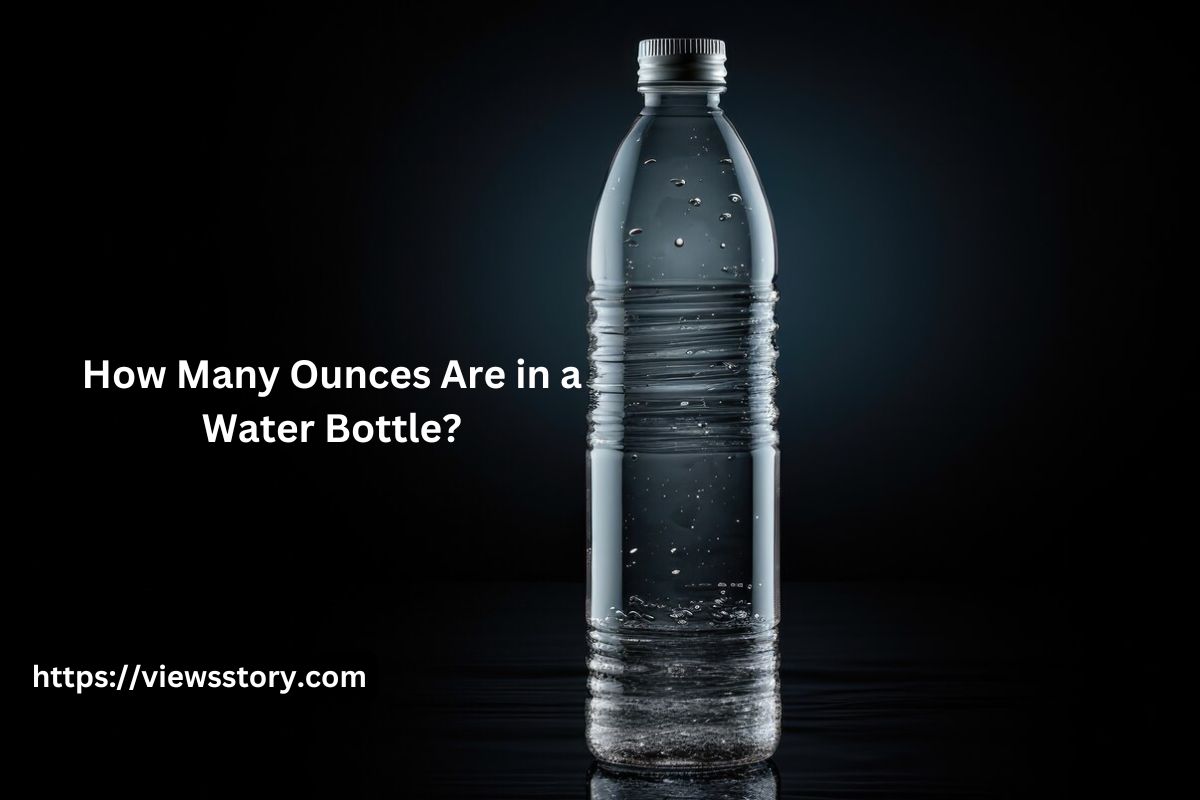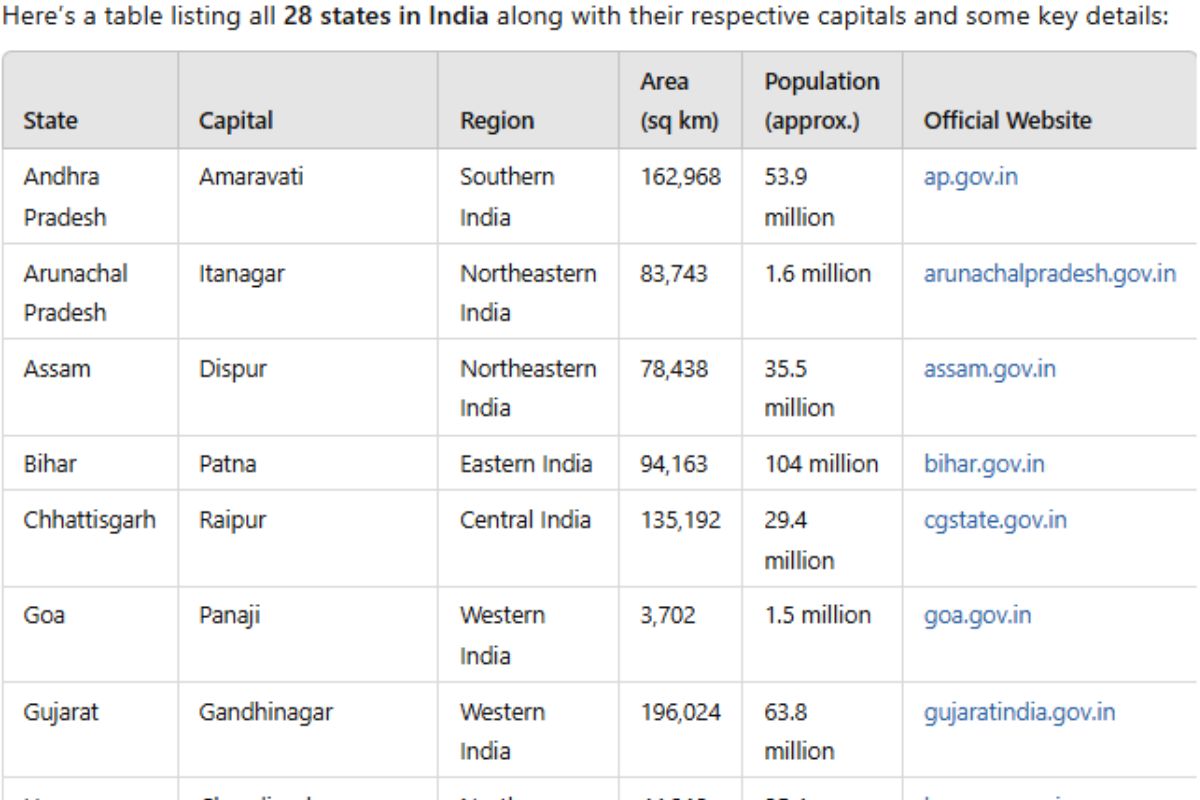Understanding the capacity of a water bottle in ounces can be important for hydration tracking, cooking, and even when trying to follow health guidelines. In this article, we’ll explore how many ounces are in different sizes of water bottles, provide examples, and explain how to convert between various units of measurement.
What is an Ounce?
An ounce (oz) is a unit of weight used primarily in the United States. When measuring liquids, we use fluid ounces (fl oz). One fluid ounce is approximately 29.57 milliliters. Knowing how to measure in fluid ounces helps when using recipes, tracking water intake, and purchasing beverages.
Common Water Bottle Sizes and Their Ounce Capacities
Water bottles come in various sizes. Here are some common sizes and their capacities in ounces:
- 8 oz Water Bottle
- Small and portable, these are often used for single servings, especially for children or quick refreshment.
- Example: A small bottled water you might find in a hotel room.
- 12 oz Water Bottle
- Slightly larger, good for a quick drink or to carry in a small bag.
- Example: A standard size for soda cans, making it easy to compare.
- 16.9 oz (500 ml) Water Bottle
- Very common size for individual servings, easy to carry, and fits well in most cup holders.
- Example: Typical size for bottled water sold in packs at grocery stores.
- 20 oz Water Bottle
- Popular among sports enthusiasts and for longer outings.
- Example: A reusable sports water bottle you might take to the gym.
- 24 oz Water Bottle
- Provides more hydration without being too bulky.
- Example: A larger reusable bottle for those who need to stay hydrated longer, like during a hike.
- 32 oz (1 quart) Water Bottle
- Ideal for daily use, helps ensure you meet your hydration goals.
- Example: Often seen in reusable water bottles designed for all-day hydration.
- 64 oz (1/2 gallon) Water Bottle
- Large capacity, often used to track daily water intake.
- Example: Big reusable water jugs or bottles aimed at those with high hydration needs.
- 128 oz (1 gallon) Water Bottle
- Maximum capacity for serious hydration, popular for those who want to make sure they drink enough water each day.
- Example: Gallon jugs commonly used for bulk water storage.
Examples and Practical Uses Of Ounce
Daily Hydration
Let’s say you aim to drink 64 ounces of water per day, as recommended by many health guidelines. This is equivalent to:
- Four 16.9 oz bottles
- Three 24 oz bottles
- Two 32 oz bottles
- One 64 oz bottle
Cooking
When a recipe calls for 8 oz of water, you can use a small 8 oz water bottle. For larger quantities, a 32 oz bottle can provide enough for multiple recipes.
Traveling
For a day trip, a 20 oz bottle might be perfect, providing enough hydration without being too heavy to carry. For longer trips, you might prefer a 32 oz or even a 64 oz bottle, depending on availability of refills.
Converting Ounces to Other Units
Understanding how to convert ounces to other units can be helpful. Here are some basic conversions:
- 1 oz = 29.57 ml (milliliters)
- 8 oz = 1 cup
- 16 oz = 1 pint
- 32 oz = 1 quart
- 128 oz = 1 gallon
Example Conversion
If you have a 750 ml bottle, you might wonder how many ounces that is:
750 ml×1 oz29.57 ml≈25.4 oz750 \, \text{ml} \times \frac{1 \, \text{oz}}{29.57 \, \text{ml}} \approx 25.4 \, \text{oz}750ml×29.57ml1oz≈25.4oz
So, a 750 ml bottle holds approximately 25.4 ounces.
Also Read : Benefits of Ice Baths
Conclusion
Water bottles come in various sizes, each serving different needs. Understanding how many ounces are in your water bottle can help you track your hydration, cook more accurately, and prepare for activities more effectively. Whether you choose an 8 oz bottle for convenience or a 128 oz jug for maximum hydration, knowing these measurements can make a big difference in your daily life.






